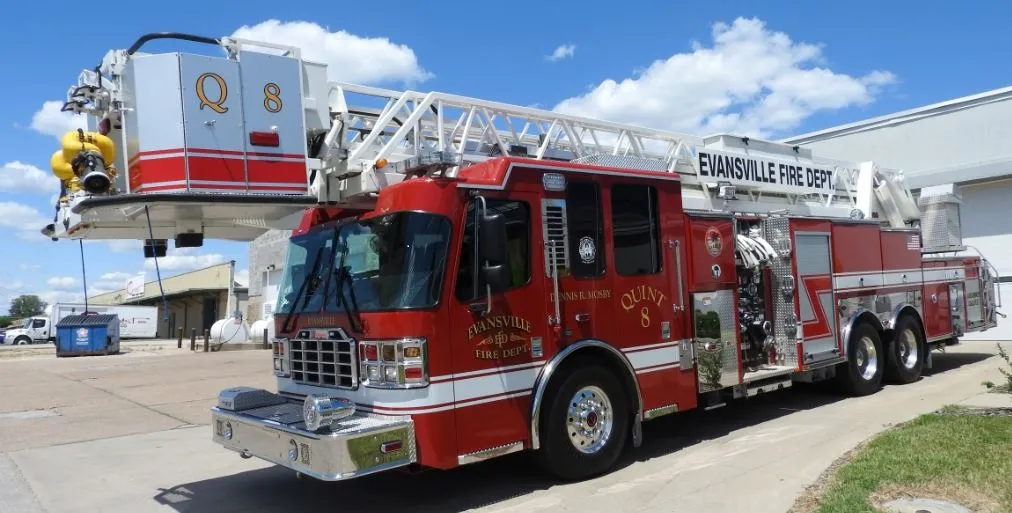The system controls switching and dimming of street lights, measures energy and detects faulty to helps municipalities and grid operators manage energy consumption and improve maintenance resulting in savings on energy bills. It can also be applied to all types of lighting fixtures, retro or new build deployments and works with a wide range of lamp types including LEDs.
Responding to the requirement for dynamic dimming, Telensa has added adaptive lighting to its PLANet (Public Lighting Active Network) system to allow the implementation of dimming programmes linked to traffic flow.
In addition the UK company has introduced other upgrades including an enhanced user interface, built-in constant light output, multiple dimming levels, override function and low profile telecell node for better aesthetics.
Telensa enhances street light control
Telensa has enhanced its PLANet SmartGrid street light control system by adding an on-board GPS module and the new NEMA 7-pin connector to its telecell options.
November 13, 2014
Read time: 1 min









